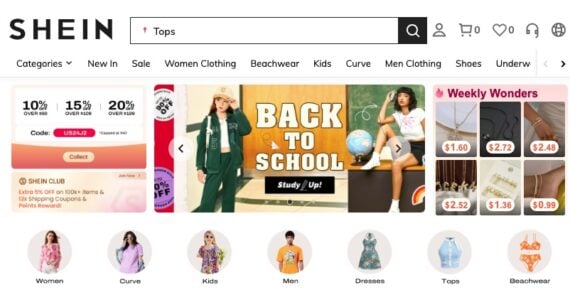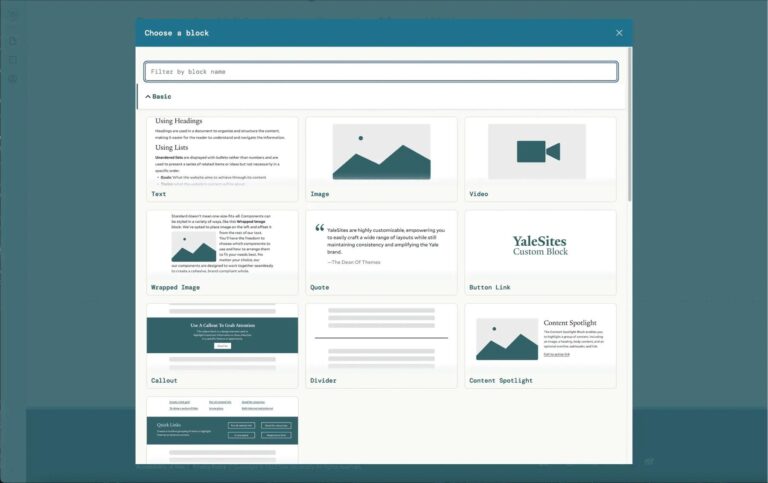
Syndicating content to other platforms can generate more views and increase a brand’s visibility.
Popular syndication platforms include Medium, Substack, and LinkedIn. Many established media outlets allow the placement of quality and relevant content on their websites.
Publishers who syndicate content have two ways to point it to their sites as the source:
- A link to their original article. This is a weak signal to Google (plus, the links are typically nofollow) but can direct some traffic from the syndicated content back to your site.
- A rel= “canonical” link element pointing to the source is a stronger signal and may send external link equity back to your article. Not all sites offer this option, however. LinkedIn and Substack, for example, do not allow canonicals.
I prefer links and canonicals where possible, for search engines and referral traffic. However, even with both options in place, Google may choose to index and rank syndicated content versus the original article.
Google Decides
We’ve long known that rel= “canonical” is not a directive. Even to eliminate internal duplicate content, Google will decide which page to index and rank based on internal links and other signals (such as content depth and relevancy).
The same exists for cross-site canonical tags. Based on the domain authority and external links, Google may rank a non-original version of syndicated content. Google’s John Mueller confirmed this. When asked why Google often ranks syndicated content over the original, Mueller stated:
In general, when you syndicate or republish your content across platforms, you’re trading the extra visibility within that platform with the possibility that the other platform will appear in the search results above your website…
…the rel=canonical is not a directive, even within the same site. And if the pages are different, it doesn’t make sense for search engines to treat the pages as being equivalent. If you want to make sure that “your” version is the one shown in the search, you need to use `noindex` on the alternate versions.
Unfortunately, I’m unaware of syndication platforms that would noindex a page on their site.
In the same thread, Mueller cautioned website owners against noindexing their own content in fear of duplicate content penalty, stating that if you cannot noindex syndicated content, let Google decide, adding there’s no such thing as a duplicate content penalty.
SEO Implications
Content syndication is not a tactic for search engine optimization, but it could benefit content and brand exposure.
There’s no reliable way to ensure that Google will perceive your site as the original source and rank the content accordingly.
Yet there are a few ways to make content syndication SEO-friendlier:
- Pick syndication partners that allow rel= “canonical” tags to point back to your site (which Google may or may not follow)
- To keep your site’s content original, create different versions of an article when syndicating. This is time-consuming and only possible when you syndicate your content manually. It doesn’t ensure that your article will outrank syndicated versions. Nonetheless, many search engine optimizers (including me) still recommend it.
In short, syndicated content can reach a much wider audience and is thus a helpful marketing tactic. It does little, however, for search engine optimization.






